Fight for racial equality was on fire since the time Blacks entered America as slaves. Segregation was still living among the people of the southern United States. In 1960, a few young African-American students started a non-violent protest right at the segregated Woolworth’s lunch counter in Greensboro, North Carolina. This protest gave birth to a movement that in a little while spread across the colleges of the region. Unfortunately, many protesters were arrested by the police for violating the rules, trespassing, disturbing the peace or doing a disorderly conduct. The impact of this sudden movement made the establishments to change their policy of segregation.
There were four Black men who started the sit-in in Greensboro. Ezell Blair Jr., Franklin McCain, David Richmond and Joseph McNeil were the students from the North Carolina Agricultural and Technical College. It was Mohandas Gandhi that influenced them to run a non-violating protest in the region and also the “Freedom Ride” that was organized by the Congress for Racial Equality (CORE) in 1947. They soon got popular by the name of “Greensboro Four” and were also encouraged by the murder of young Black “Emmett Till,” who was alleged to whistle on a white lady in Mississippi.
The protest was very cleverly planned by the four Black boys and took the help of white businessman, Ralph Jones, to begin the plan. On February 1, 1960, all these four guys sat at the lunch counter of Woolworth’s in Greensboro, a place where anyone other than whites was not entertained. Upon denial of services, they refused to leave the seats, and to this action, the police arrived but couldn’t do anything because of no provocation. In the mean time, local media was altered by John, who took the complete event on television. The “Greensboro Four” remained in their seats until the store closed. The next day they returned with more students from the local colleges of the region.
The impact of this movement was immediate, as, by February 5, around 300 students joined the protest held at Woolworth’s that ceased the lunch counter and other businesses in town. The sit-in got a huge television coverage that quickly spread the message of the movement across different college towns of the North and South of the country. This time it was not only Blacks, but many Whites joined the peaceful protest to fight against segregation in beaches, libraries, hotels and many other establishments. After four months of non-violent protest, Woolworth’s finally integrated their lunch counter and welcomed their four Black employees to be served at first place.
Source Article:
http://www.history.com/topics/black-history/the-greensboro-sit-in





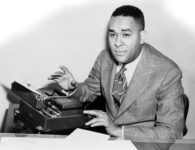
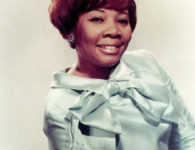




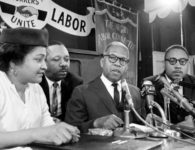


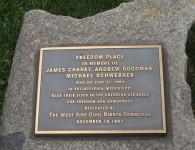




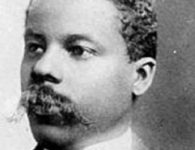

No comments